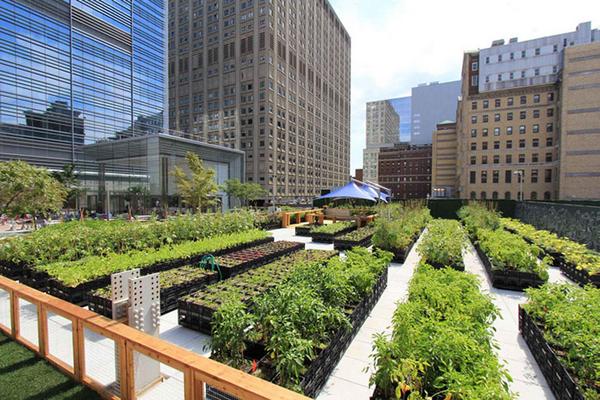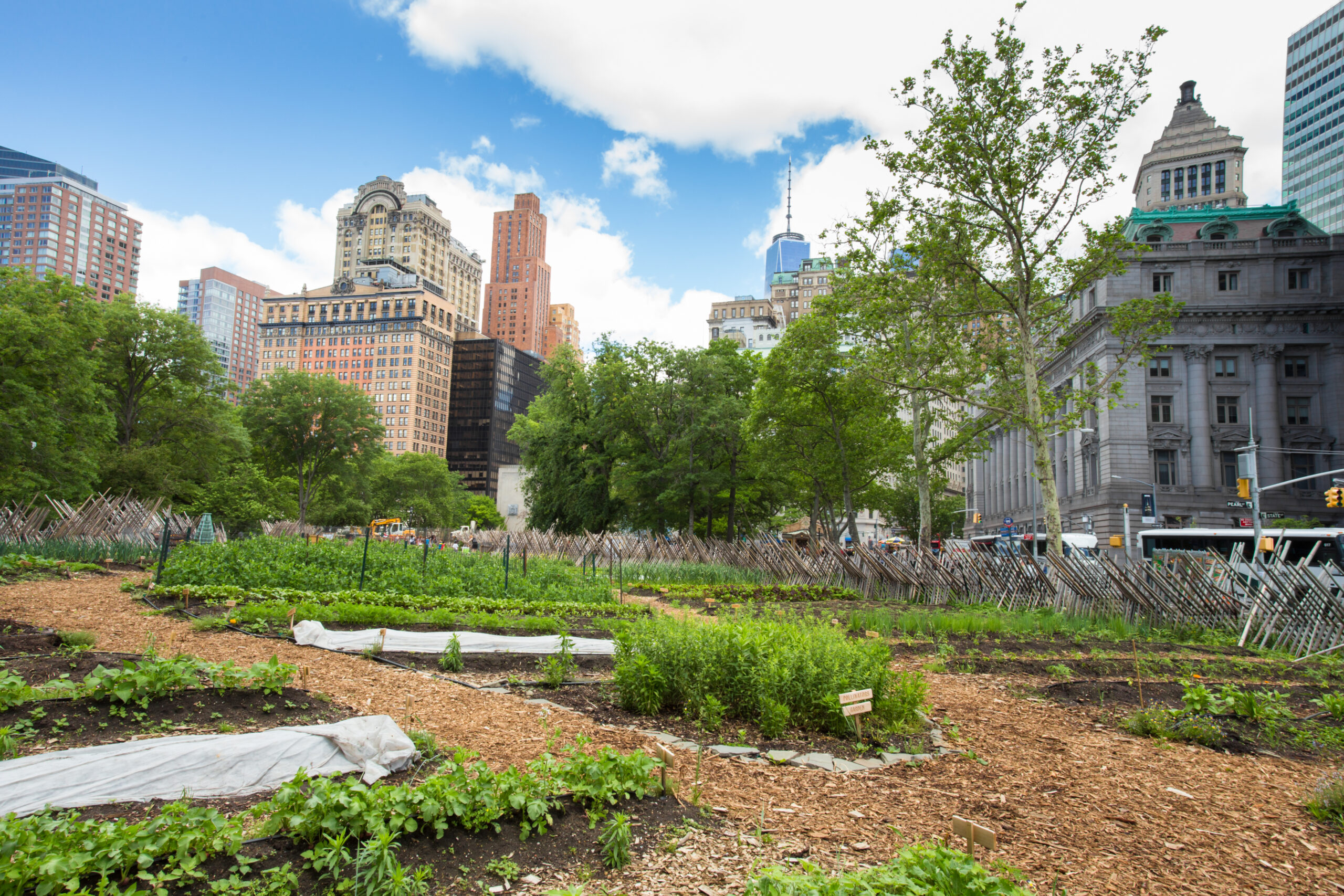City Blooming Can Be Fun For Everyone
7 Easy Facts About City Blooming Described
Table of ContentsHow City Blooming can Save You Time, Stress, and Money.Fascination About City BloomingThe Best Guide To City BloomingThe Ultimate Guide To City BloomingRumored Buzz on City Blooming
Interested in growing food for sale in the City of Chicago? Below is a listing of regularly asked concerns regarding the guidelines and laws that growers need to think about when preparing a metropolitan farming task.
The zoning modification does not change any other codes dealing with composting, structure permits, buying or renting City had building, business licenses or environmental contamination. There are existing codes that regulate these concerns and they continue to be completely impact and may apply to your project. Neighborhood yards are typically had or handled by public entities, civic companies or community-based companies and kept by volunteers.
Urban farms grow food that is meant to be marketed, either on a not-for-profit or for-profit basis. Because of their industrial function, metropolitan farms need an organization certificate. Yes. An area garden is allowed to offer excess create that was expanded on site if the sales are accessory or subordinate to the yard's main objective defined above.
Things about City Blooming
Composting is enabled yet only for plant product that is generated and made use of on site. The amount of garden compost product can not exceed 25 cubic lawns at any provided time according to the criteria in 7-28-715 of the City's Municipal Code. Yes. Since the dirt at many new yard sites needs changing, compost, soil, timber chips, or other products can be obtained to construct or improve the expanding area - home and garden.

If a structure permit is required after that the hoophouse will be thought about an accessory building. You can discover even more concerning the structure authorization requirements by speaking to the Department of Structures. The 25,000-square-foot dimension restriction is meant to avoid a single area yard from dominating a given block or interfering with the block's existing household or industrial character.
The limit does not apply to gardens situated in Public Open Area (POS) districts. Can there be even more than one neighborhood yard that is 25,000 square feet on a solitary block? Secure fencing is not needed, nonetheless, yards that have big car parking areas might be called for to mount fencing or other landscaping attributes.
City Blooming Fundamentals Explained
B1 & B2 districts call for that all business usage tasks be performed indoors. Is fence required for city farms? Fences may be needed, along with landscaping and screening, for certain auto parking areas and outdoor work or storage space areas depending on place and the certain activity taking area.
Yes. Urban ranches call for structure licenses and zoning approvals prior to building and construction. Various other kinds of city review might be needed depending upon particular structures, activities, size, landscape design, licensing, public heath and stormwater administration problems. A lot of these needs are determined in the task layout or allowing procedure, however, the applicant might be accountable to independently recognize certain licenses or permits that may be required.
Yes. The sort of certificate is established by what is occurring at the website. The Department of Company Affairs and Customer Security can help determine the certain kind of business permit that's called for. Yes. Off street vehicle parking is required for many business tasks in Chicago. The required variety of garage is based on the number of staff members dealing with website and not the square video footage of the growing area.
The Ultimate Guide To City Blooming

Yes. A city farm can market compost material produced on site, nonetheless, the procedure should abide with the laws in 7-28-715 of the Chicago Municipal Code. Yes. Aquaponic systems are allowed indoors on metropolitan ranches in many zoning districts. A zoning review and structure permit is needed in order to set up structures or systems and a business permit is required as described over.
Up to five hives or colonies of honey bees might be maintained as an accessory use. Beekeepers have to sign up with the Illinois Division of Farming. For even more info about the proposed zoning change you may call the Department of Housing and Economic Development, Bureau of Preparation and Zoning at 312.744.8563.
Farming in cities and urban locations A metropolitan farm in Chicago. Urban farming describes various practices of growing. https://cityblooming3.wordpress.com/2024/06/27/city-gardening-cultivating-green-spaces-in-urban-jungles/, handling, and distributing food in city areas. The term additionally puts on the location activities of animal husbandry, tank farming, beekeeping, and gardening in a metropolitan context. Urban agriculture is identified from peri-urban agriculture, which takes place in backwoods at the side of residential areas.
Not known Details About City Blooming
It can entail a movement of organic farmers, "foodies" and "locavores", who seek to create social networks started on a shared values of nature and area holism. These networks can create by method of formal institutional support, coming to be incorporated right into local town as a "shift community" motion for lasting city advancement.
The extra direct access to fresh vegetable, fruit, and meat items that may be become aware through metropolitan farming can improve food security and food safety while lowering food miles, leading to reduced greenhouse gas discharges, thus adding to environment modification mitigation. A More Info few of the initial evidence of city farming comes from Mesopotamia.